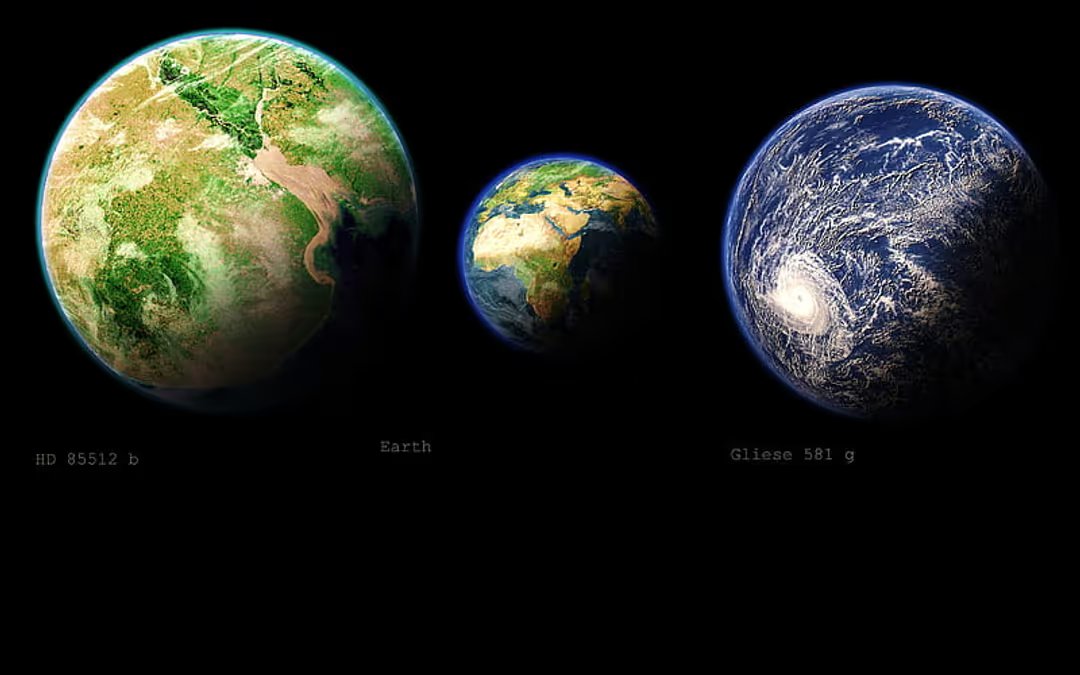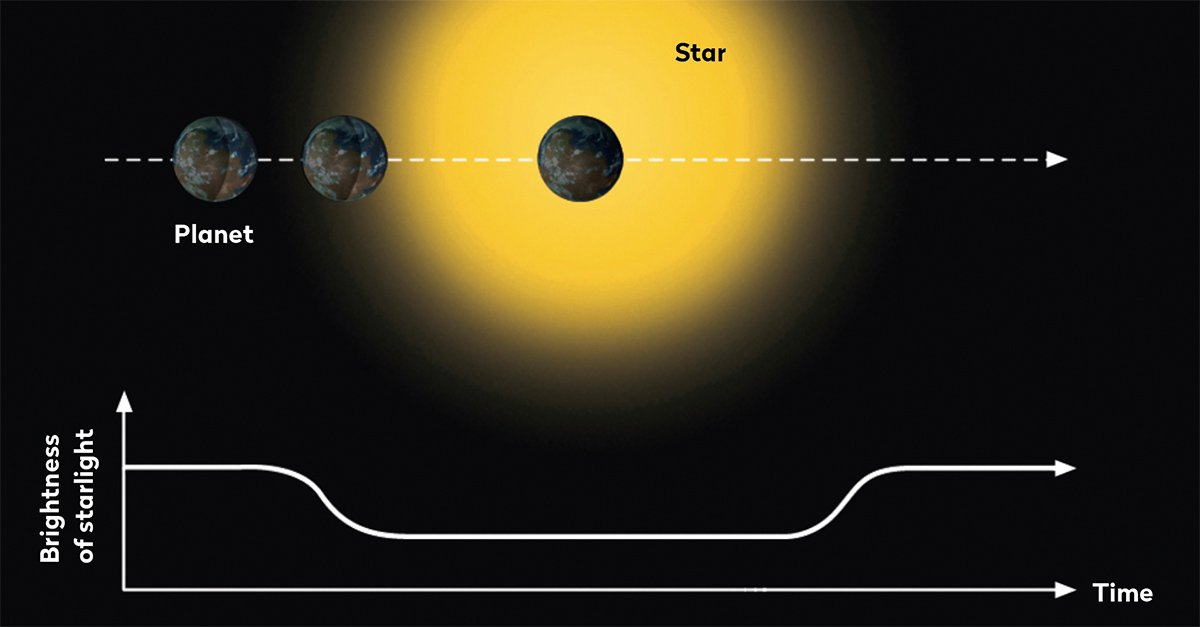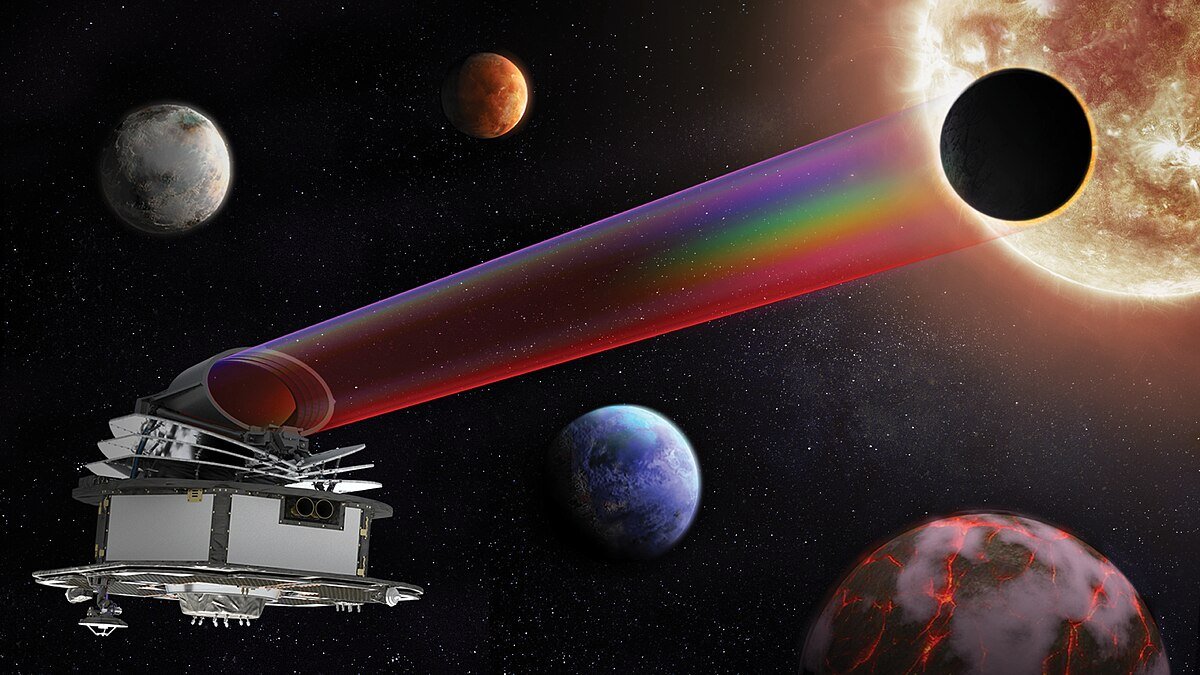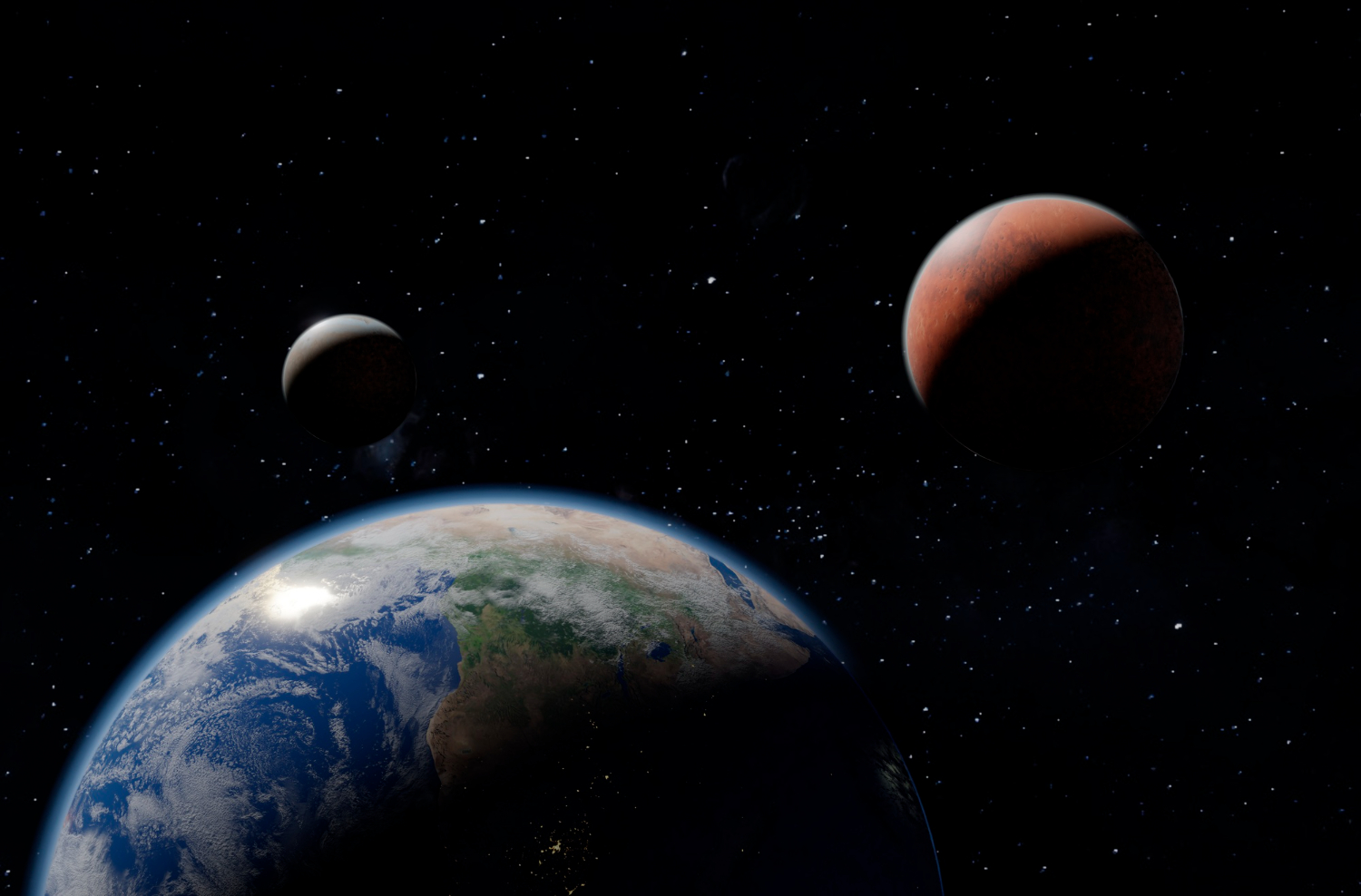The search for habitable exoplanets is a thrilling area of astronomy. With advancing technology, scientists find more Goldilocks zone planets—those in the right distance from stars for liquid water to exist. Water is vital for life as we know it, making these planets prime candidates for habitability.
In recent decades, NASA and other space agencies have identified thousands of exoplanets. Some show conditions that may support life. These NASA exoplanet discoveries have changed how we view the universe and our place in it. This article will explore promising habitable exoplanets, what makes a planet suitable for life, and how astronomers search for alien worlds.
What Makes an Exoplanet Habitable?

Not all planets can support life. For an exoplanet to be considered potentially habitable, it must meet several key criteria:
1. Location in the Goldilocks Zone
The Goldilocks zone, or habitable zone, is the area around a star where temperatures allow liquid water to exist. If a planet is too close to its star, water evaporates. If it’s too far away, water freezes, making life unlikely.
2. Presence of an Atmosphere
A stable atmosphere is essential for regulating temperature, blocking harmful radiation, and maintaining surface pressure. Planets with thin or no atmospheres (like Mars) have trouble holding heat. In contrast, planets with thick, toxic atmospheres (like Venus) face extreme greenhouse effects.
3. Presence of Liquid Water
Water is essential for life. Scientists look for signs of liquid water on a planet’s surface or in its atmosphere. Water vapour in an exoplanet’s atmosphere could suggest conditions suitable for life.
4. Rocky Composition
Gas giants like Jupiter and Saturn are unlikely to support life due to their lack of solid surfaces. Habitable exoplanets are usually rocky, like Earth, and have a composition that supports complex chemistry.
5. Magnetic Field
A strong magnetic field protects a planet from stellar radiation and solar winds. This prevents the atmosphere from being stripped away over time.
Notable Exoplanets That Could Support Life
1. Kepler-442b
Discovered by NASA’s Kepler Space Telescope, Kepler-442b is a Goldilocks zone planet about 1,200 light-years away. It’s a super-Earth, larger than Earth but smaller than Neptune, with potential for life.
- Distance from Star: In the habitable zone of an orange dwarf star.
- Size: About 1.34 times Earth’s size.
- Likelihood of Habitability: High, due to moderate temperatures and possible liquid water.
2. Proxima Centauri b
Orbiting the closest star to our solar system, Proxima Centauri b is a promising NASA exoplanet discovery.
- Distance from Earth: 4.2 light-years.
- Orbit: Around Proxima Centauri, a red dwarf star.
- Challenges: The planet is tidally locked, with one side always facing the star. This could create extreme temperature differences, but a thick atmosphere could help distribute heat.
3. TRAPPIST-1 System
The TRAPPIST-1 system has seven Earth-sized planets orbiting a red dwarf star, with at least three in the Goldilocks zone.
- TRAPPIST-1e, 1f, and 1g are considered the most likely candidates for habitability.
- Potential for Life: These planets might have liquid water, depending on their atmospheres.
- Challenges: Red dwarf stars often emit strong solar flares that could strip away atmospheres.
4. TOI-700 d
TOI-700 d is a confirmed habitable exoplanet located 100 light-years away in the constellation Dorado.
- Discovery: Found by NASA’s TESS.
- Size and Composition: Earth-sized, likely rocky.
- Orbital Position: Receives about 86% of the energy that Earth gets from the Sun, indicating stable surface conditions.
5. K2-18b
K2-18b is a super-Earth exoplanet with a twist: scientists have found water vapour in its atmosphere.
- Potential for Habitability: Water vapour makes it a prime candidate for further study.
- Challenges: It is much larger than Earth, possibly having a thick hydrogen-rich atmosphere that may not be ideal for life.
How Scientists Detect Habitable Exoplanets

1. Transit Method
The transit method detects exoplanets by observing a star’s brightness. When a planet passes in front of its star, it causes a temporary dip in brightness, indicating its presence.
2. Radial Velocity Method
This technique measures tiny wobbles in a star’s motion caused by an orbiting planet’s gravity. It has helped discover NASA exoplanet discoveries like Proxima Centauri b.
3. Atmospheric Analysis
Astronomers use spectroscopy to study the composition of an exoplanet’s atmosphere. Gases like oxygen, methane, and carbon dioxide can hint at biological processes.
4. Direct Imaging
Although challenging, some exoplanets have been directly imaged with advanced telescopes. This technique helps scientists examine planet’s atmosphere and surface conditions.
The Role of Future Missions

1. James Webb Space Telescope (JWST)
Launched in 2021, JWST enhances our ability to study habitable exoplanets by analysing their atmospheres for biosignatures.
2. Ariel Mission
ESA’s Ariel mission, set for 2029, will study exoplanet atmospheres in detail to identify conditions for life.
3. LUVOIR and HabEx
Future NASA missions like LUVOIR and HabEx will directly image Goldilocks zone planets, increasing our chances of finding signs of life.
The Exciting Search for Another Earth
The discovery of habitable exoplanets brings us closer to answering a big question in science:
Are we alone in the universe? With new NASA exoplanet discoveries emerging regularly, the chance of finding life beyond Earth is thrilling. As telescopes and detection methods improve, we may soon find a planet capable of supporting life.
The search for Goldilocks zone planets goes on, holding the hope of discovering a thriving world beyond ours. As space agencies and scientists explore further, each new find fuels the dream of finding another Earth-like planet—or even alien life itself.
What do you think? Could one of these habitable exoplanets be home to alien life? Share your thoughts in the comments below!


